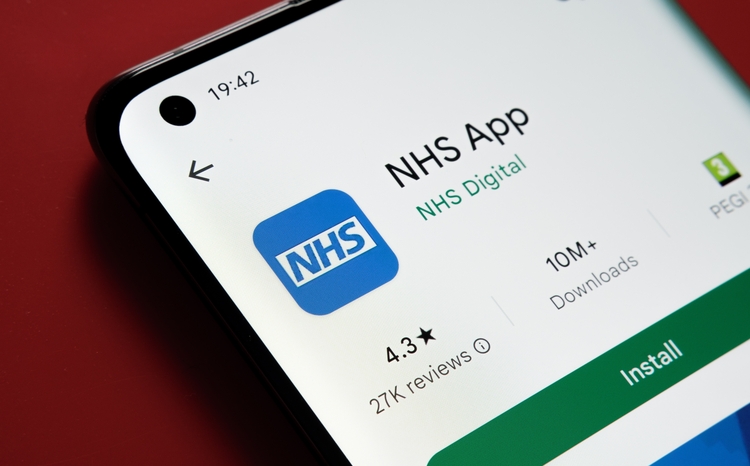Number cruncher
- 25 July 2006
 Fiona Barr
Fiona Barr
Last week England’s chief medical officer Sir Liam Donaldson called on Connecting for Health and the National Institute for Health and Clinical Excellence to redouble their efforts to disseminate knowledge to tackle the problem of clinical practice variation.
In his annual report Sir Liam described variation in the application of treatments as a “frontier in the quality of healthcare that has yet to be conquered.”
Approaching the mountain from the other side is Professor Sir Brian Jarman. For more than 20 years Professor Jarman has been alive to the explosive potential that analysis of health service data has to reveal variations in practice and thereby improve quality of care.
Seven years ago he developed a methodology for doing this: the hospital standardised mortality ratio (HSMR), which is now being adopted all over the world. Five years ago he began an alliance with commercial company Dr Foster which he says allowed him to get that information into the public domain after previously being prevented from doing so.
Independence
Dr Foster, set up by two former national newspaper journalists, began by publishing a series of ‘good hospital guides’ based on Professor Jarman’s HSMR methodology in 2001. Last year the company formed Dr Foster Intelligence a joint alliance with the Health and Social Care Information Centre which aims to deliver better use of health data. The deal led to accusations that health secretary Patricia Hewitt was selling NHS data for the profit of a private company.
However Professor Jarman says he has no worries over the commercial links. He says he is not a shareholder in Dr Foster and receives no more than a ‘small salary’ from Dr Foster as part of his work with the Dr Foster Unit at Imperial College, London. Professor Jarman is head of the unit which is funded via a contract between Dr Foster and Imperial College.
He says: “There are about half a dozen academics that work in the unit and we decided to be totally independent of the Dr Foster company. It wouldn’t really matter to us if they went bust tomorrow.”
At the moment that looks highly unlikely with the company named as the ninth fastest growing business in the UK last December and more than 50% of English hospitals now using one of the company’s analysis tools that allow managers and clinicians to view data on their performance on a monthly basis.
Professor Jarman says: “We have meetings with the Dr Foster people every month and they come back and tell us that patients, managers or medics at the hospitals want to be able to do this or that and we respond to what they want.”
An example of this is the High Impact User Manager tool which aims to help practices identify what might be described as frequent flyers so proactive care can be targeted more effectively to improve the patient’s care and prevent unnecessary admissions.
“As a GP I’ve always known that we could do this, “says Professor Jarman, “but you just don’t have the chance to get hold of the data.”
Advanced data usage
On the one hand Professor Jarman says the UK is at least three or four years ahead of the rest of the world in publishing quality of care data. However he also claims that the health department and politicians have lagged far behind others in acting on the information the data presents to make a difference.
In the US, where Professor Jarman advises 540 hospitals about use of HSMR data, the Institute of Health Improvement used Professor Jarman’s data to launch a high profile campaign 18 months ago aimed at saving 100,000 lives by 14 June this year by changing the way hospitals provide care .
Last month the campaign announced that it had more than achieved this goal with an estimated 120,000 deaths prevented. A suggestion that a similar campaign be run in England was not taken up by the Department of Health.
However Professor Jarman says there are a group of about 12 hospitals who are acting proactively to try and change practices and potentially save lives based on the HSMR data.
A classic example is Walsall Hospitals NHS Trust in the West Midlands which was at the bottom of the table when the good hospital guide was first published by Dr Foster with a HSMR of 130 against an expectation of 100. Thanks to a campaign led by Dr Mike Browne, medical director at the hospital, that had been reduced to 92 by September 2004.
Professor Jarman adds: “Mike Browne said the hospital first saw the data it was like a bolt of lightning out of the blue which changed views throughout the hospital.”
Professor Jarman argues that accurate recording and coding of quality of care should be given as much importance as recording of financial data.
Questions over the validity of Professor Jarman’s methodology have been raised over the years and Professor Jarman says a common criticism from doctors is that the data the analysis is based on is wrong,
He adds: “We say that is the data you have recorded and if it is wrong we will send you the data and you can change it and then we will send you back the next month’s analysis based on your data and then they become more willing to accept the methodology.”
Professor Jarman was first given the hospital episodes statistics (HES) data in 1987 when he was asked by the government to devise a resource allocation formula.
At that time access to the data meant Professor Jarman had to sign the Official Secrets Act. Today HES data is widely available, subject to confidentiality constraints, and Professor Jarman feels both patients and the NHS are becoming increasingly aware both about what information is out there and the possibilities of using it to improve quality care.
Professor Jarman adds: “When I went with Tim Kelsey from Dr Foster to present to the Joint Consultants Committee about what we were doing all the questions were positive and afterwards many people came up to use and said if we can be of any help we would like to be.”





